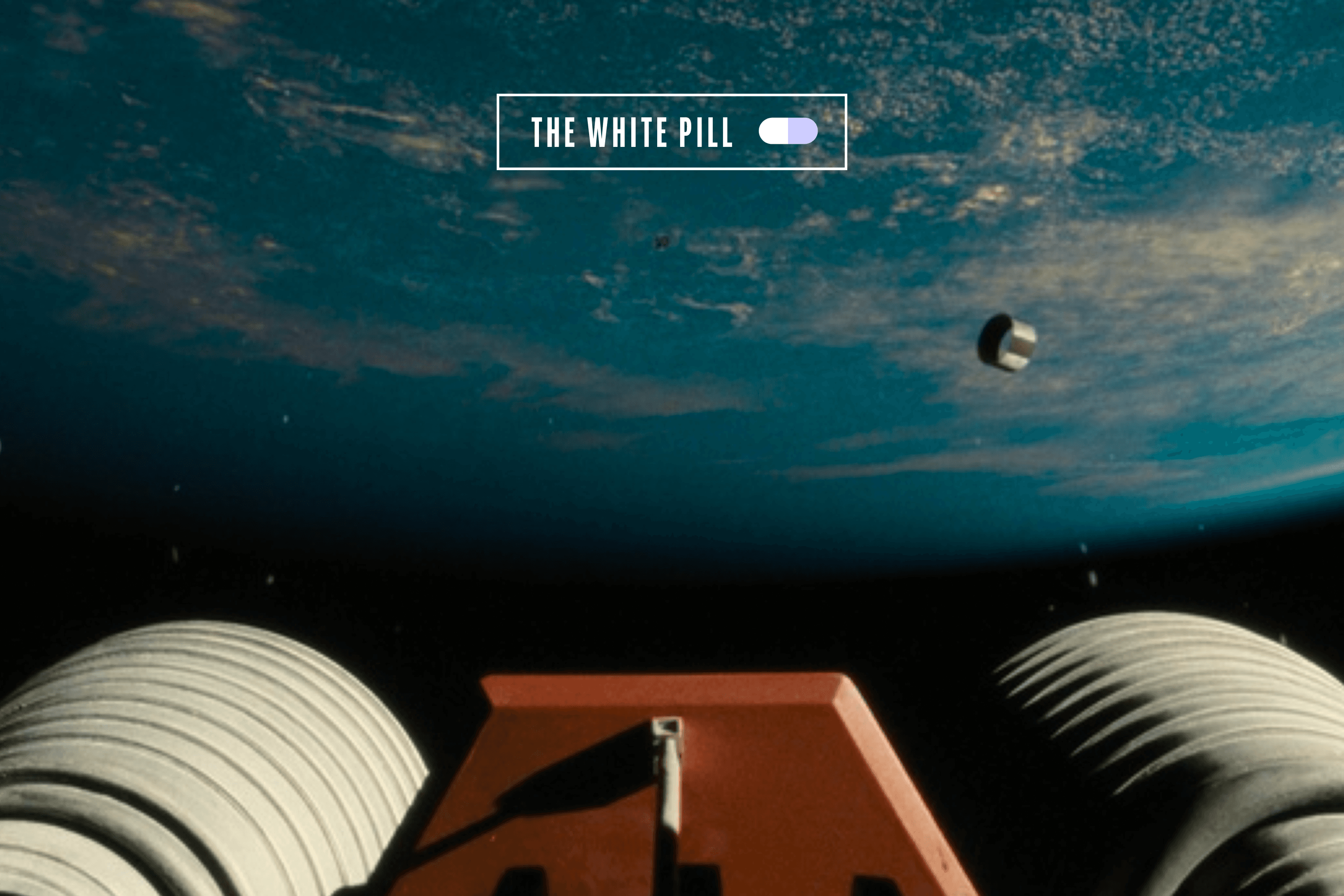
My Billionaire Christmas Wish ListDec 22
pirate wires #152 // a lot of you’ve been asking how to spend your money, and I have a few ideas
Sep 2, 2023

Good morning reader, welcome to the 21st White Pill, a Pirate Wires joint in which we round up the most excellent space, technology, engineering, science, and medicine news every week — and send it all to you in an email. This week, among a ton of other items, we advocate for teaching kids GPT (as more school districts are doing, of late), bring you cool stories and stunning images from the world of space, and highlight new federal “moonshot” agency ARPA-H’s recent moves in our medicine section (along with some more promising developments). We hope you enjoy.
Oh, please don’t forget — the White Pill has a X/Twitter account now, follow it for snackable science, energy, engineering, and space in your feed, and RT if you are so inclined.
Have a great weekend.